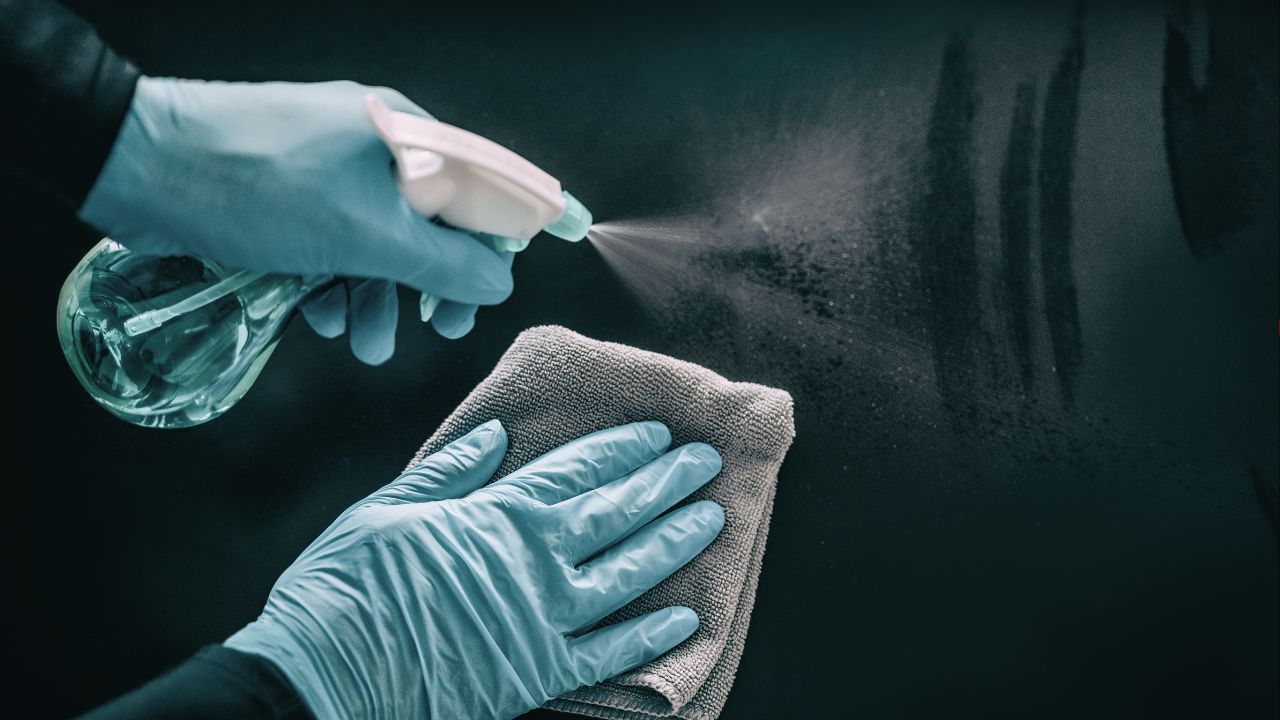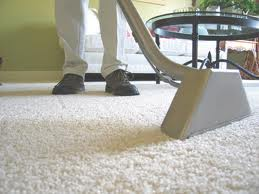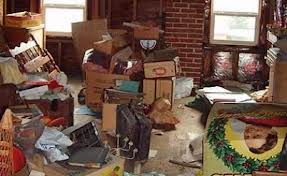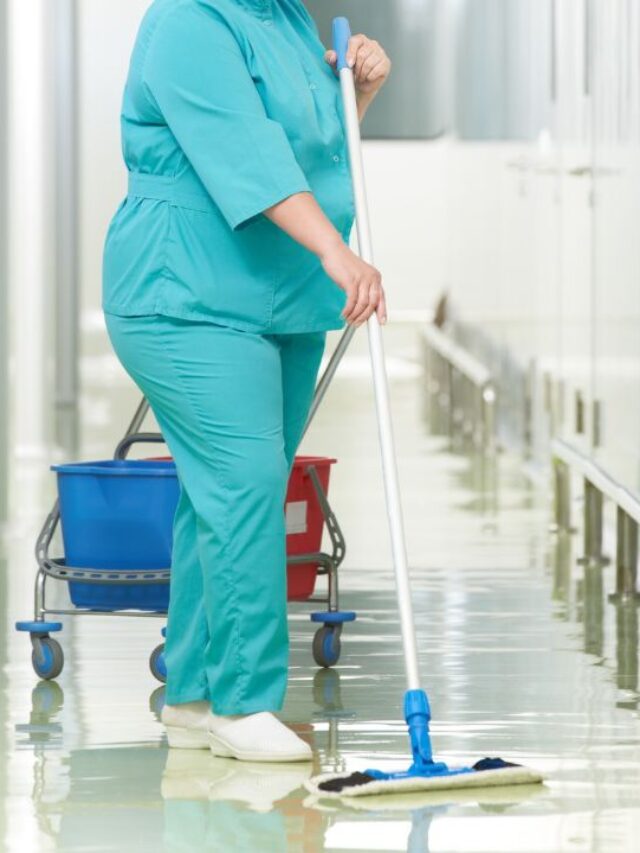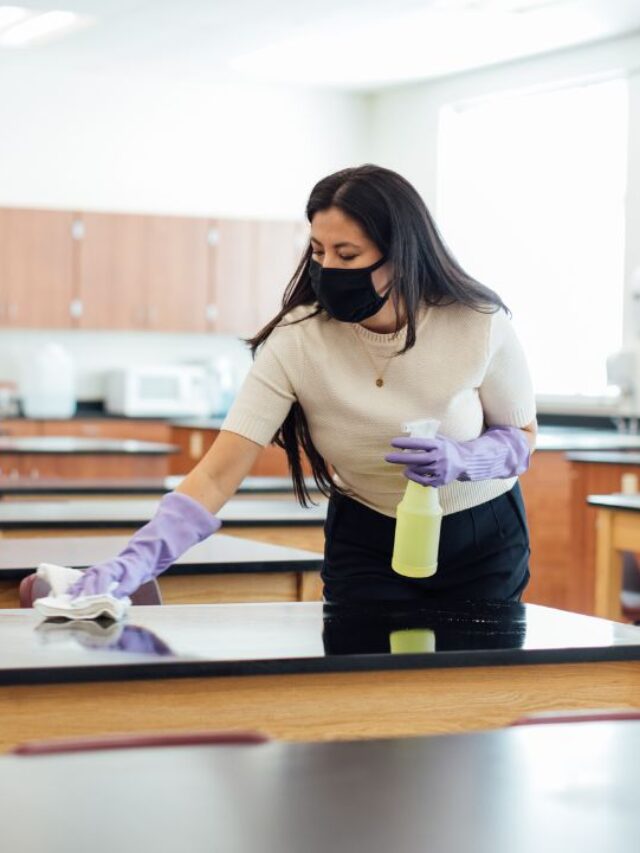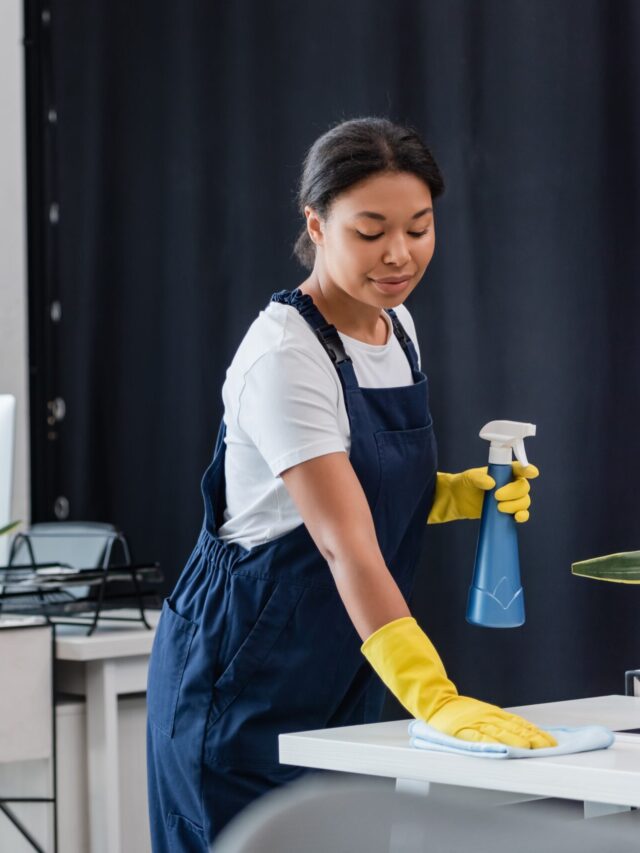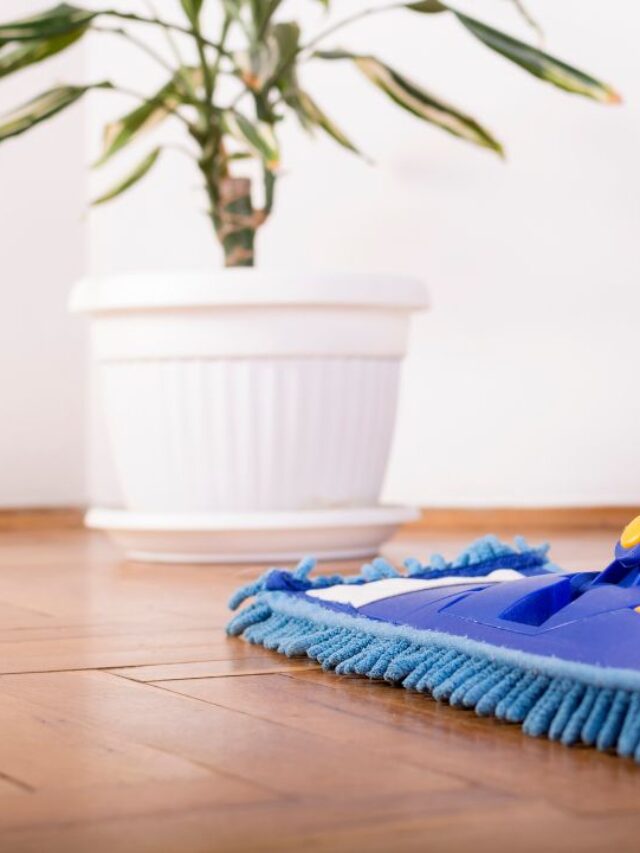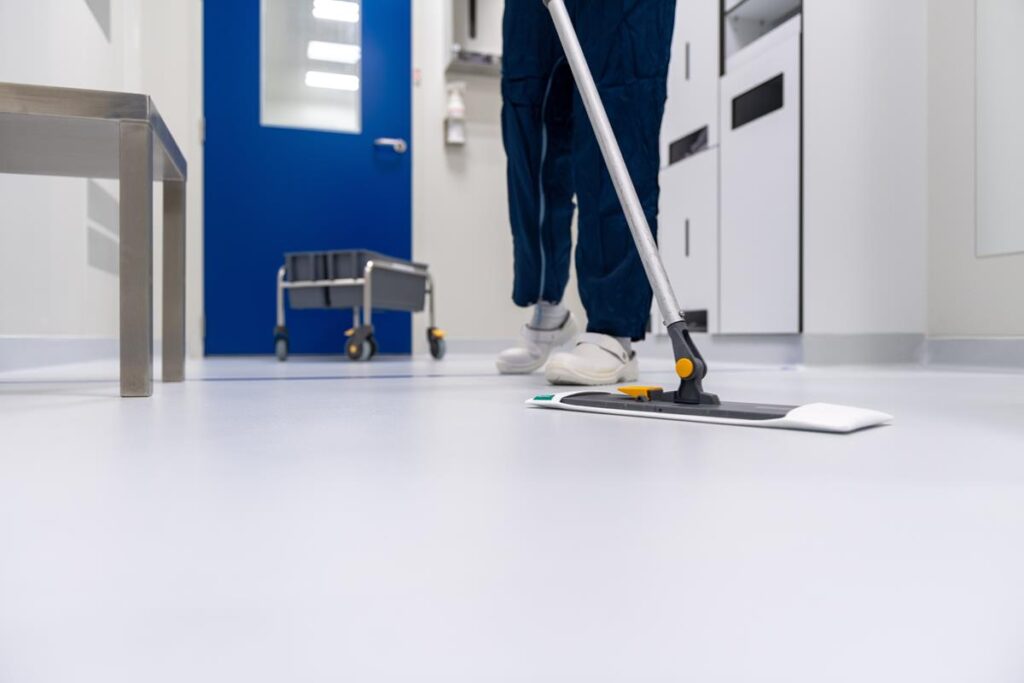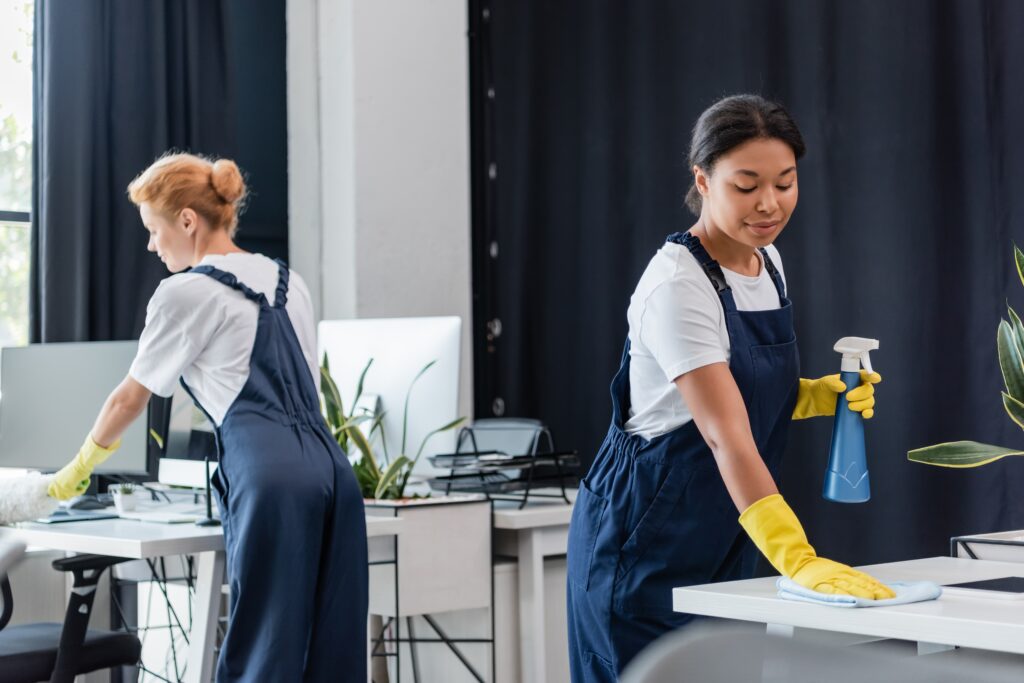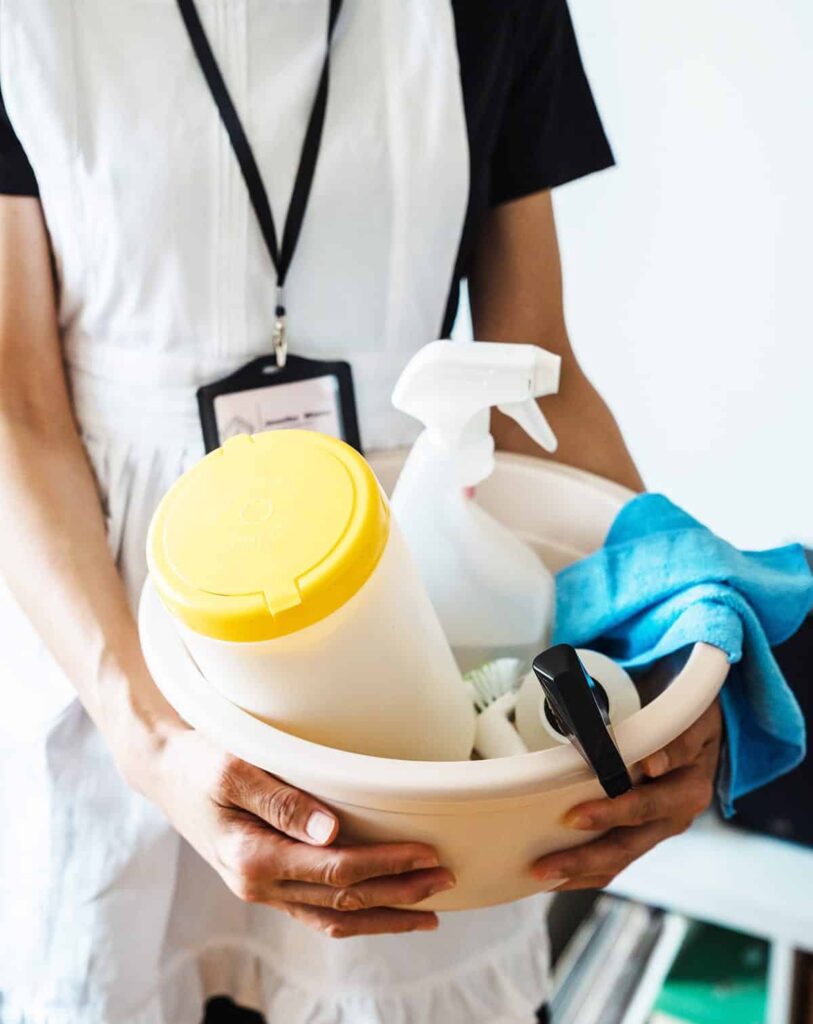The Differences Between Sanitizing and Disinfecting
In the cleaning industry, there is much misunderstanding about the differences between disinfecting and sanitizing an area. Both techniques are used for surface cleaning and bacteria protection in different settings. Despite the bacterial focus of both disinfectant and sanitizer chemicals, there is a difference between them that everyone should understand.
Understanding Sanitizing and Disinfecting
In today’s world, maintaining a clean and safe environment has never been more critical. Whether in medical facilities, food service areas, or corporate offices, knowing the difference between sanitizing and disinfecting can significantly impact health and safety. These two processes, while often used interchangeably, serve distinct purposes and require different approaches. Let’s delve into the specifics to better understand how each method contributes to a cleaner and healthier space.
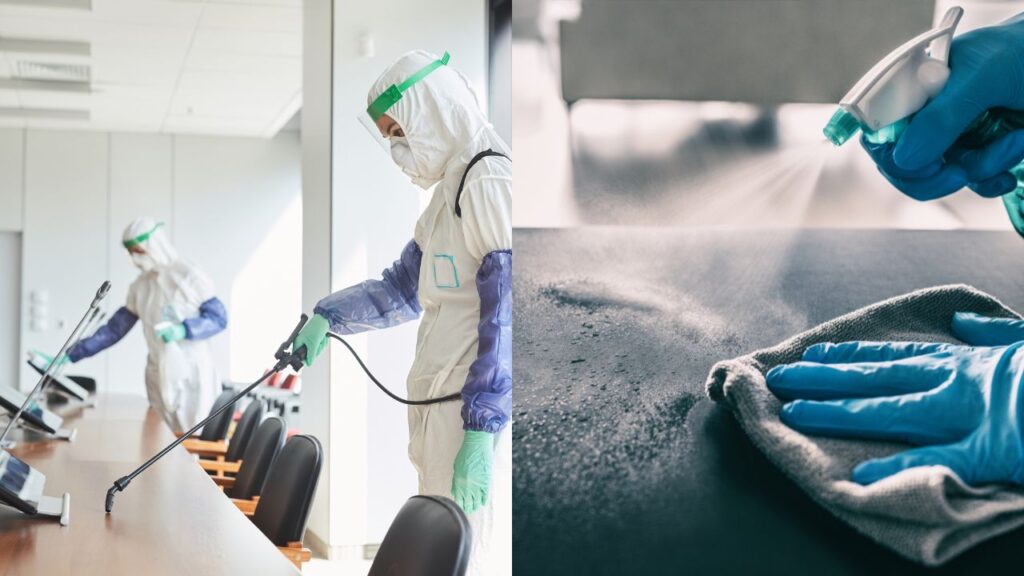
What is Sanitizing?
Sanitizers are chemicals that reduce the microorganism count to a safe level. Sanitizers can kill bacteria faster than disinfectants. However, they are not as effective at killing pathogenic bacteria as disinfectants.
Keep Your Office Spotless with Our Free Office Cleaning Checklist!
Want to make sure you’re covering all the essential cleaning tasks? Our comprehensive guide covers all essential cleaning tasks, from daily tidying to deep cleaning tips. Make sure no spot is missed and create a healthier, more organized workspace today!
Sanitizers are commonly used in food service facilities. In these environments, they must kill all infectious organisms in 30 seconds and achieve a 99.999 percent reduction in bacteria count. They are not required to eliminate all organisms to be considered effective, meaning they might not kill fungi or viruses.
What is Disinfecting?
Disinfectants, on the other hand, completely destroy all pathogens and disease-causing bacteria. Legally, a disinfectant must achieve a 99.999 percent reduction in the level of pathogenic bacteria in just over five to less than ten minutes. Disinfectants are typically used in environments like medical facilities where complete eradication of harmful bacteria is crucial.
Key Differences Between Sanitizing and Disinfecting
- Speed: Sanitizers work faster than disinfectants.
- Effectiveness: Disinfectants are more thorough in killing pathogenic bacteria.
- Scope: Sanitizers reduce microorganisms to safe levels, while disinfectants aim to destroy all pathogens.
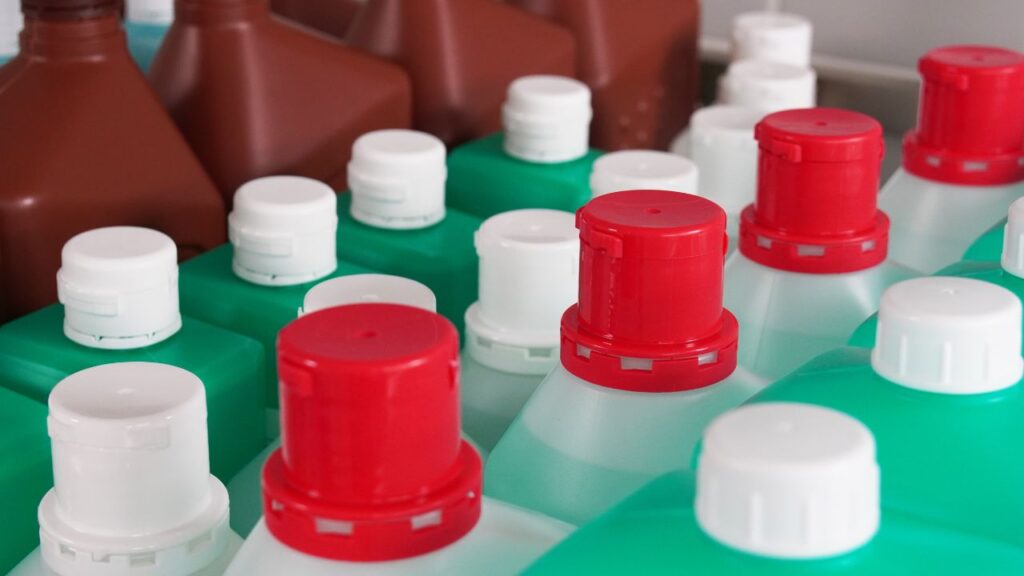
Practical Applications in Different Environments
Each environment has unique cleaning requirements, and understanding the specific needs of these settings is essential for effective sanitizing and disinfecting. By selecting the appropriate method, we can ensure optimal hygiene and safety standards are met. Let’s explore how these practices are applied across various industries to maintain cleanliness and protect public health.
Medical Facilities
In medical settings, disinfectants are indispensable. The need for a sterile environment is paramount to prevent infections and ensure patient safety. Disinfectants are used on surfaces, medical equipment, and in surgical rooms to ensure that any potentially harmful bacteria are eradicated. This rigorous approach is necessary to comply with health regulations and protect vulnerable patients.
Food Service Facilities
In contrast, food service facilities prioritize sanitizers. These environments require quick action to reduce bacteria to safe levels without necessarily eliminating all microorganisms. The focus is on preventing foodborne illnesses and maintaining hygiene standards without the extended time frame required for disinfectants to work.
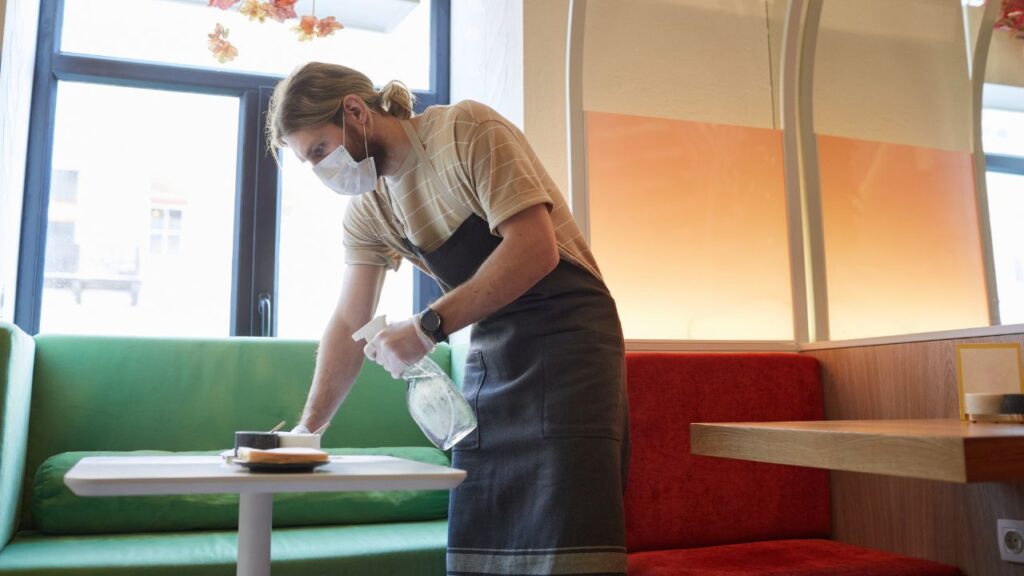
The Importance of Cleaning Before Sanitizing or Disinfecting
Before sanitizing or disinfecting, it’s crucial to understand the foundational role of cleaning. Cleaning removes dirt, debris, and organic matter, which can harbor harmful bacteria and viruses. Without this essential first step, the effectiveness of sanitizers and disinfectants is significantly reduced, as these substances can be blocked by the buildup of grime. Let’s delve into the cleaning process and why it’s a necessary precursor to achieving true cleanliness and safety.
The Cleaning Process
Cleaning is the first step before either sanitizing or disinfecting can be effective. It involves removing soil, organic matter, and debris from surfaces. This step is crucial because organic deposits such as mold spores, skin cells, food residues, greases, proteins, and oils can harbor bacteria and provide them with nutrients to thrive.
The Role of Cleaners
Cleaners are not registered with the Environmental Protection Agency (EPA) and cannot claim to have antimicrobial or germ-killing properties. Their primary role is to remove dirt and organic material that could otherwise shield bacteria from sanitizers and disinfectants. For lightly soiled surfaces, a cleaner can sometimes be combined with a disinfectant for a one-step process. However, for heavily soiled areas, a thorough cleaning is necessary to allow disinfectants or sanitizers to work effectively.
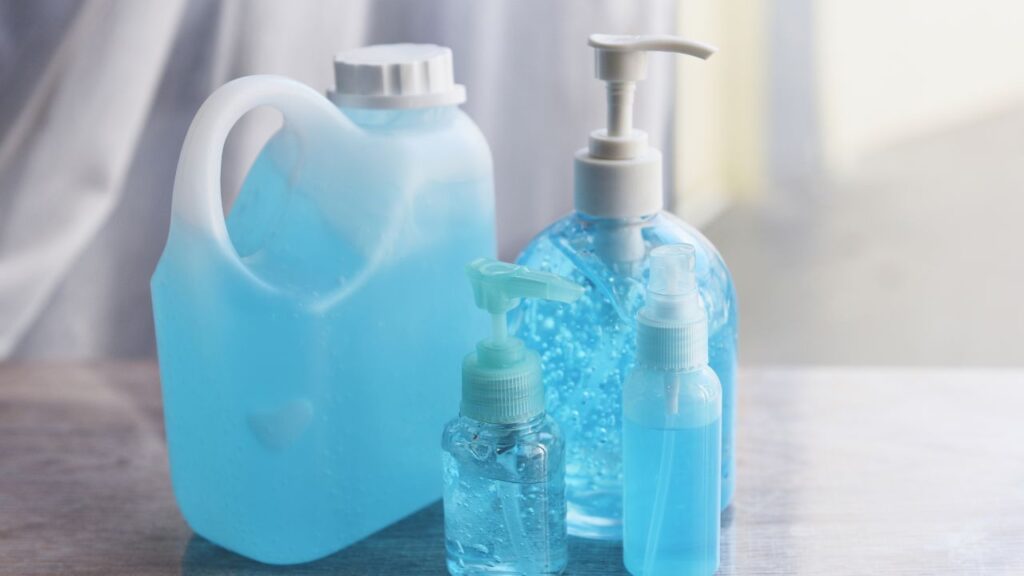
The Science Behind Sanitizing and Disinfecting
Grasping the scientific principles behind sanitizing and disinfecting is key to understanding their effectiveness. Both processes aim to reduce harmful microorganisms, but they achieve this through different mechanisms and under varying conditions. By exploring these scientific foundations, we can better appreciate how and why these methods are applied in different settings to maintain a safe and healthy environment.
Bacterial Reduction Explained
The differences between sanitizing and disinfecting might seem minor, but a closer examination reveals their significant impact. For instance, in an area with one million bacteria per square inch, a sanitizer that achieves a 99.999 percent reduction would leave behind 5,000 bacteria. These bacteria can reproduce rapidly, doubling in number approximately every 15 minutes. This means that within a few hours, the number of bacteria could return to its original level.
In contrast, a disinfectant would leave behind almost no bacteria, significantly reducing the likelihood of bacterial regrowth and maintaining a safer environment for a longer period.
Legal Standards and Requirements
The EPA sets strict standards for both sanitizers and disinfectants. Disinfectants must demonstrate a higher level of efficacy in killing bacteria, viruses, and fungi. Sanitizers must also meet specific criteria but are typically evaluated based on their effectiveness against bacteria on non-living surfaces.
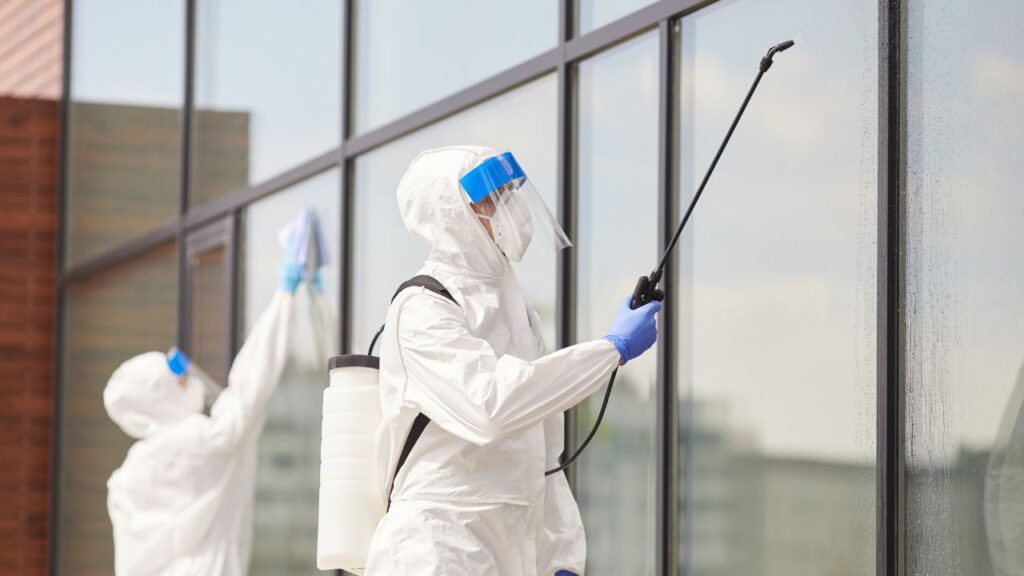
Conclusion
In conclusion, understanding the differences between sanitizing and disinfecting is crucial for maintaining a healthy and safe environment. At Busy Bee, we leverage our expertise and advanced techniques to provide top-tier cleaning services tailored to the unique needs of each client. Our leadership in the market is built on a foundation of quality, reliability, and a steadfast commitment to excellence.
Whether you need sanitizing, disinfecting, or general cleaning, Busy Bee is your trusted partner in maintaining a pristine and safe environment. Contact us today to learn more about how we can help you achieve the highest standards of cleanliness and hygiene.
Contact Us
Get a quote
Your satisfaction is our priority, and we’re here to assist. Reach out to Busy Bee effortlessly by contacting us. Whether you have questions, need a custom quote, or want to discuss your cleaning requirements, our friendly team is ready to respond promptly. Connecting with us is the first step towards a cleaner and more comfortable environment for your home or business.
Call us for a quote today!
Contact Us
Get a quote
Your satisfaction is our priority, and we’re here to assist. Reach out to Busy Bee effortlessly by contacting us. Whether you have questions, need a custom quote, or want to discuss your cleaning requirements, our friendly team is ready to respond promptly. Connecting with us is the first step towards a cleaner and more comfortable environment for your home or business.

